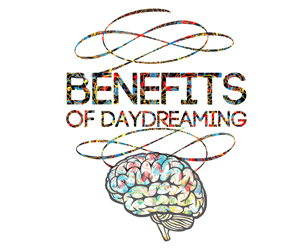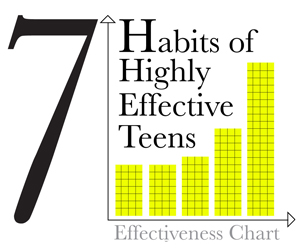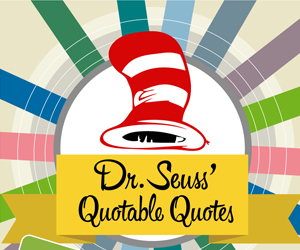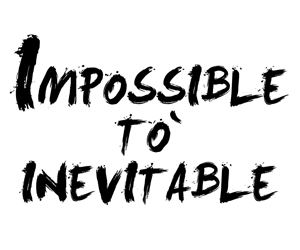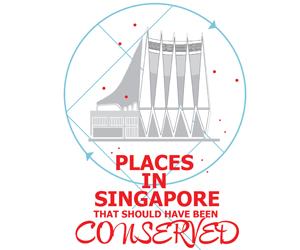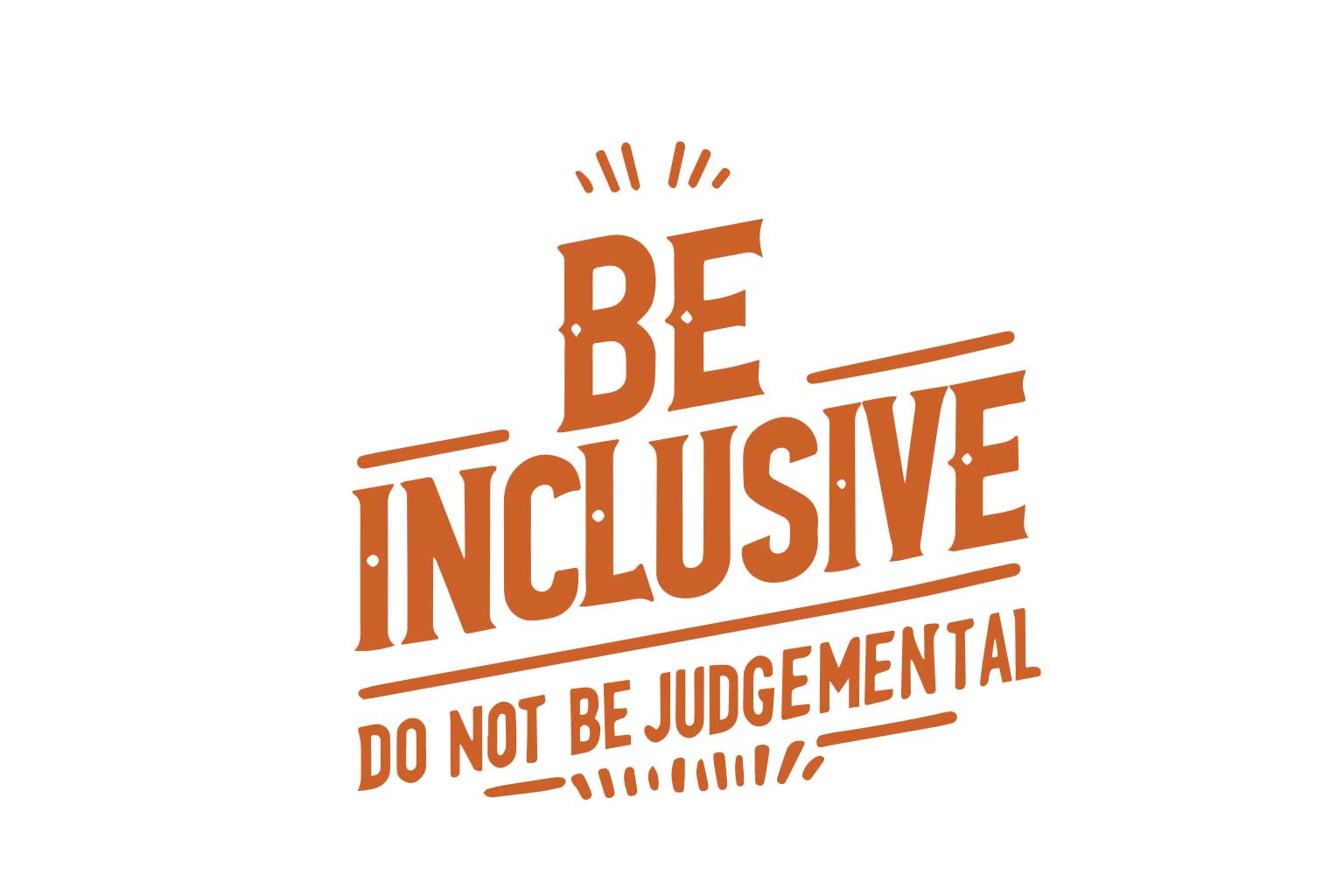
Leave your judgmental thoughts behind and make the world an inclusive place for people with disabilities
You may have limited interactions with people who have special needs and hence you may feel clueless on how to assist or interact with them. You may also feel that people with disabilities are pitiful. Hopefully as you read the article about persons with disabilities and after finding out more about the types of disabilities, you will develop a more understanding stance towards people who have special needs.
Understanding Persons with Disabilities – Removing Barriers
As individuals in a society, we should strive to remove barriers so that society can be more inclusive. What are these barriers and how can you remove them for persons with disabilities?
Physical Barriers
Physical barriers are found in buildings and spaces, and they prevent people from accessing a service or place conveniently. For example, staircases and narrow pathways are barriers for wheelchair users.
Think: Observe your surroundings as you travel, is the physical environment friendly for wheelchair users? Do any of your actions hinder their mobility? For example, blocking entrances and exits of ramps? Is your school physically friendly to students with disabilities?
Attitudinal Barriers
Attitudinal barriers are when people have incorrect understanding and mindsets about disability. For example, people tend to avoid interacting with persons with disabilities for the fear of saying or doing the wrong thing.
Think: What are your preconceived notions about persons with disabilities? What can you do to have a deeper understanding about them? How can we engage them meaningfully?
Information and Communication Barriers
Information and communication barriers stop persons with disabilities from getting information. There are print or digital materials that are not available in Braille or are not suitable for viewing on screen readers. These are barriers for the visually impaired. Audio announcements without visual cues and videos without subtitles are barriers for the deaf.
Think: What can we do to ensure that persons with disabilities can access information easily?
Systemic Barriers
Systemic barriers are policies and practices that discriminate against persons with disabilities. Some examples of systemic barriers are policies that do not allow persons with disabilities to take certain courses in universities.
Think: What principles should policy-makers take into consideration when devising policies? What should you do if you feel that some practices discriminate against persons with disabilities?
How can the school be more inclusive for persons with disabilities?
You may write a formal email to the school leaders to propose some suggestions to your school.
You can also design an infographic to raise awareness on people with special needs.
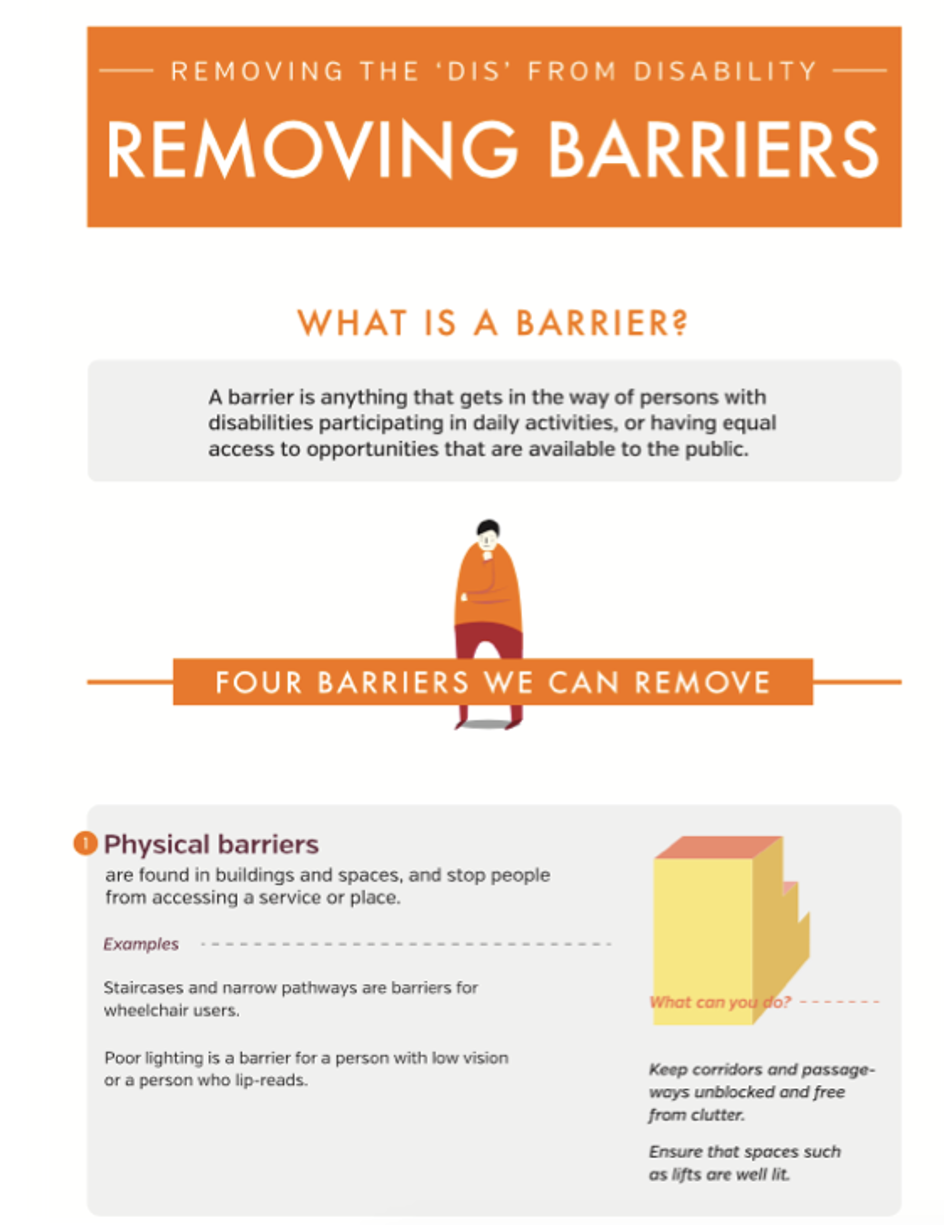
Suggested Videos:
Kathy Buckley – Deaf Comedian Misjudges Quadriplegic
Watch on Facebook: https://www.facebook.com/goalcast/videos/2503107733107713/UzpfSTU2NDYxODQ3MDoxMDE1Njk3Nzg1NzkzMzQ3MQ/











